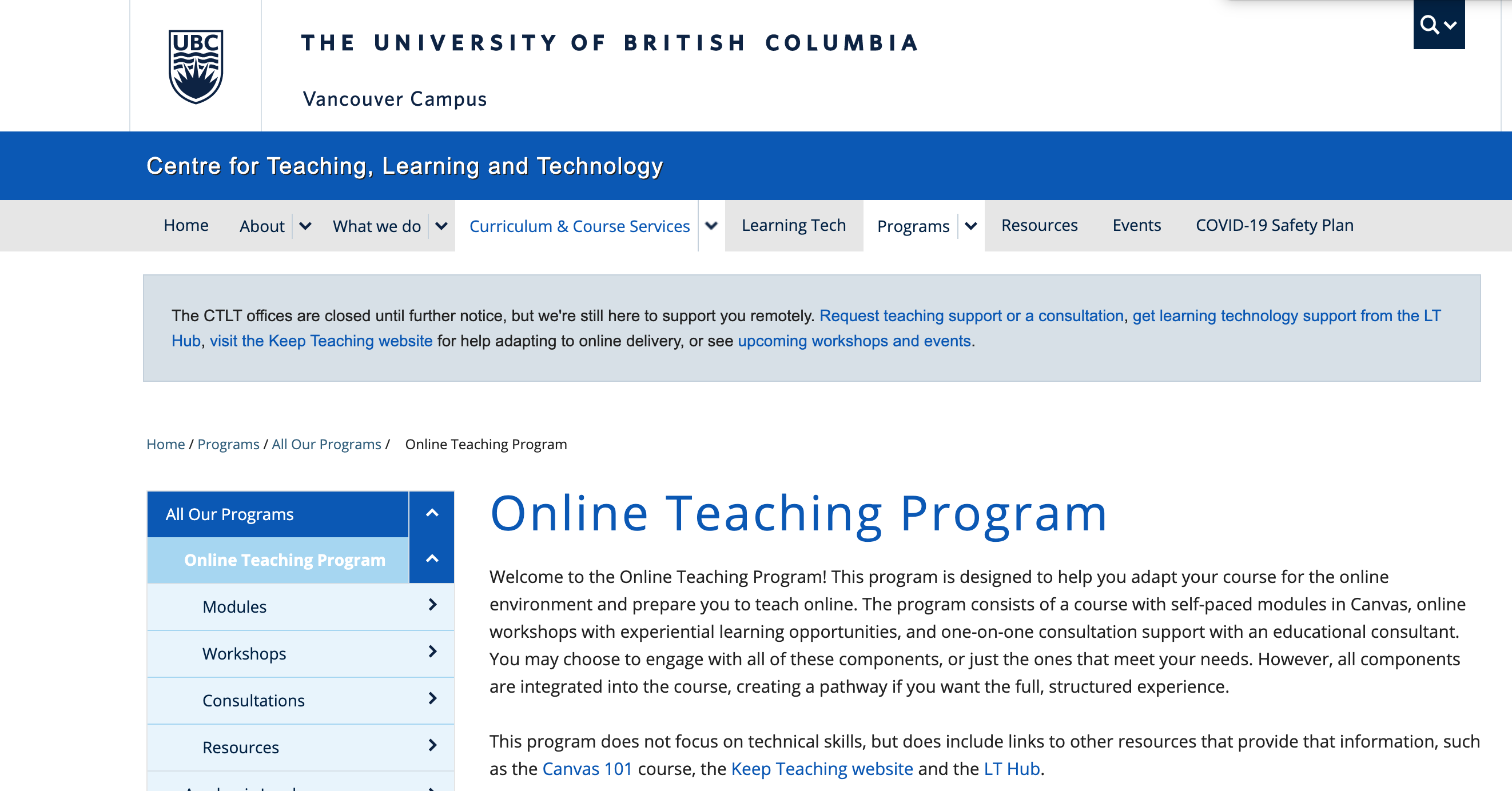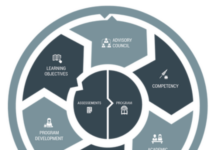
This is the sixth of 10 Lessons from a Post-Pandemic World. For the other nine, click here.
“…what is needed is a broader national effort to create high-quality, open digital media that can be shared across most of the common courses…”
The whole world seemed to rush into video transmission of class-room teaching: lecturing, mainly. The technology enabled instructors to pivot almost immediately to online learning, but in Spring 2020, there was no time to consider alternative uses of media.
Streaming large lecture classes
The issue is not so much the use of synchronous technologies but rather issues with large lecture classes. This is not new.
In 1975, Donald Bligh first published “What’s the Use of Lectures?”, which provided detailed research evidence on successful and unsuccessful lecturing. Some key findings:
- Content delivery and comprehension are emphasized at the expense of higher-level skills development such as analysis or critical thinking
- Students learn less when they are not interacting with the instructor, each other or learning materials; in other words, research indicated they lose focus after 10 or 15 minutes of a talking head.
But I have another problem with the use of synchronous video for relaying lectures: the unique pedagogical characteristics of video are not being effectively exploited.
Streaming as substitute
Zoom or similar streaming services is generally a substitution for classroom teaching. Ruben Puentedura, a Massachusetts-based consultant who focuses on transformative applications of information technologies to education, argued that media are best used to “transform” teaching, doing something that could NOT be done in a classroom.
There is a great deal of research showing that audio, video and computing can do many things better than what can be done in a classroom or even a physical or wet lab. There are many possibilities:
- Video can be used to show experiments that are too dangerous or too difficult for students to do on their own or even in a lab
- Audio, combined with text, can talk students through difficult formulae, arguments or evidence (the Khan Academy is a good example)
- Video or computer games can be used to help students practise decision-making skills in a safe environment;
- Computer simulations can enable students to understand intuitively complex relationships
- Digital media also have the advantage of being asynchronous, available at any time and any place, enabling students to practise or spend more time on task
One reason media was underused in teaching is the cost and effort of creating learning materials. This is changing, however.
Instructors are increasingly using their mobile phones to record experiments or display scarce resources such as animal parts in veterinary science, or to record everyday events that illustrate key concepts.
Some are using or adapting off-the-shelf mobile apps to enable students to do field work without direct supervision.
Open resources are vital
This is where open educational resources become important.
During COVID-19, instructors increasingly found free material on the Internet, licensed for educational use, which they can incorporate at no cost into their teaching, such as illustrations of a bell curve.
Unfortunately, a lot of open educational resources lack high-level media production values. Often, they are created by a single instructor working alone, but students are now used to higher quality standards in their use of media.
Also, the resource is often not easily adaptable to meet another instructor’s specific needs. What is needed is a set of high-quality, open educational resources on common topics that can be adapted to different subject disciplines or contexts, by enabling the labels to be changed.
Increasing urgency
Colleges and polytechnics in Canada are working together to develop and share applications of augmented and virtual reality, but what is needed is a broader national effort to create high-quality, open digital media that can be shared across most of the common courses taught in colleges and universities in Canada.
COVID-19 is giving increased urgency to such ideas.
For Lesson 7, click here: More attention is being paid to online access and equity









 Dr. Tony Bates is the author of eleven books in the field of online learning and distance education. He has provided consulting services specializing in training in the planning and management of online learning and distance education, working with over 40 organizations in 25 countries. Tony is a Research Associate with Contact North | Contact Nord, Ontario’s Distance Education & Training Network.
Dr. Tony Bates is the author of eleven books in the field of online learning and distance education. He has provided consulting services specializing in training in the planning and management of online learning and distance education, working with over 40 organizations in 25 countries. Tony is a Research Associate with Contact North | Contact Nord, Ontario’s Distance Education & Training Network.

